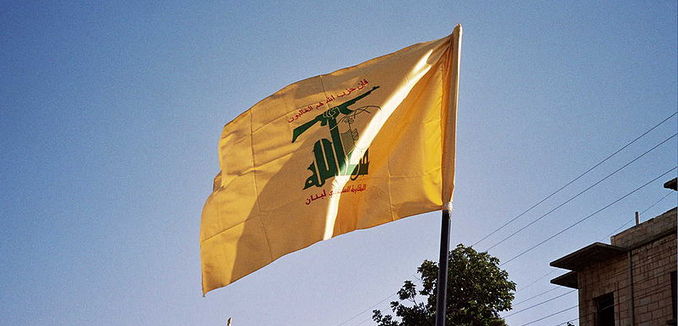A week after Hezbollah terrorists operating on behalf of Iran blew up the AMIA Jewish community center in Buenos Aires, the terror group sent a suicide bomber to bring down a small commuter flight in Panama, carrying mostly Jewish passengers. The FBI believes it now knows the real name of the suicide bomber on the plane and has tentatively identified him as Ali Hawa Jamal.
The identification of Jamal, previously identified only as Jamal Lya, based on the name listed on the ill-fated plane’s manifest, shows that the United States is seeking to identify “the presumably local Latin American support network that helped him carry out his plot,” Matthew Levitt, Director of the Stein Program on Counterterrorism and Intelligence at The Washington Institute for Near East Policy, wrote Thursday in Politico magazine.
The renewed interest of the Trump administration to disrupt Hezbollah’s operations in America’s backyard indicates that it “is clearly eager to counter Iran and sees Hezbollah as a key proxy for Tehran involved in many of what officials have called the Iranian regime’s ‘malign activities,’” Levitt observed.
According to Levitt, the administration, by going after Hezbollah’s activities in the Western hemisphere, is seeking to disrupt the operations and financing network, and also to undermine its “attempts to portray itself as a legitimate political party,” according to Nicholas Rasmussen, currently director of the National Counterterrorism Center.
In October, Rasmussen clearly stated the government’s goals to “continue to monitor closely Hezbollah activity around the world and work aggressively to disrupt any instances of Hezbollah operating within our borders.”
Following the arrests earlier this year in New York and Michigan of two Hezbollah-linked suspects accused of planning attacks in New York and Panama, Levitt observed, “U.S. authorities have good reason to be concerned about the group’s activities in the Western Hemisphere.”
One suspect of great concern is Salman al-Reda, a Lebanese-Colombian citizen who is believed to have been one of the coordinators of the AMIA bombing, and remains at-large. It isn’t clear if he was involved in the bombing the Panamanian plane, but Mohammad Amadar, who was arrested by Peru in 2013, identified Reda as his handler.
The renewed interest in the attack on the Panamanian plane, Levitt wrote, is “sure to expose more recent Hezbollah activities as well.”
[Photo: upyernoz / WikiCommons]




